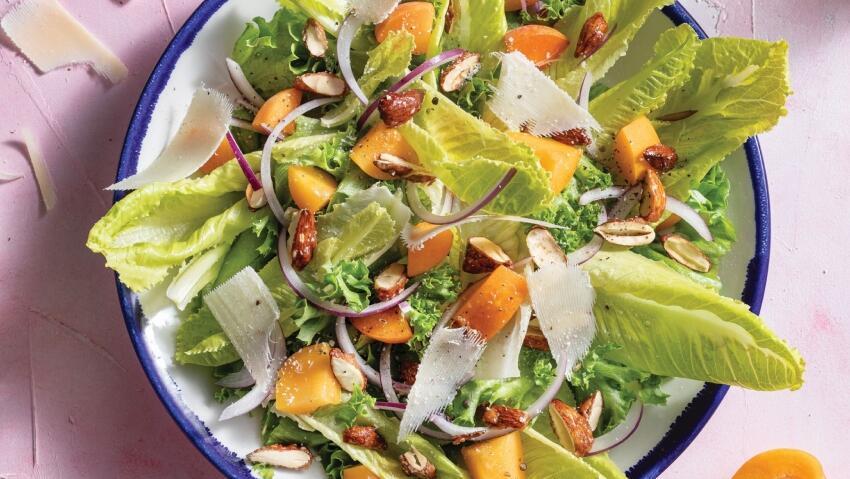Getting your Trinity Audio player ready...
Caesar salad is celebrating its centennial year. It was invented around 1924 by Italian immigrant Caesar Cardini at his restaurant in Tijuana, Mexico, though the origin story is debated.
Tijuana is now planning a three-day food and wine festival to commemorate the Caesar salad's 100th anniversary, showcasing the dish and unveiling a statue of Cardini.
After Prohibition, Caesar Cardini moved his family to Los Angeles and started bottling Caesar dressing, which was eventually acquired by T. Marzetti and continues to be sold under the Caesar Cardini's brand.
The original recipe included ingredients like anchovies, Dijon mustard, egg, and olive oil, and did not contain chicken.
Quality Parmesan cheese and garlic are considered essential ingredients for a proper Caesar salad, while bacon bits and overly thick creamy dressings are not authentic, though there are now many variations of the original recipe.
The salad was typically prepared tableside in a large wooden bowl, using a server in formal attire, emphasizing the importance of wood in making a proper Caesar salad.
It gained mainstream popularity in the 1950s, often prepared tableside for added flair. Its enduring popularity is attributed to its crispy and creamy textures and rich umami taste.
Variations have been introduced over the years, including ingredients like grilled chicken or shrimp, and alternative dressings to replace raw eggs. One luxury version includes lobster, avocado, and capers.
About 35% of U.S. restaurants offer it on their menus.
This article was written in collaboration with Generative AI news company Alchemiq
Sources: The Guardian, ABC News, Il Sole 24 Ore, The Christian Science Monitor, Yahoo, NBC San Diego, Cibo Today, Firstpost, CBC, The San Diego Union-Tribune, RetailWire, KVUE, NBC Palm Springs, Hollywood Life, The Beat 92.5, Tirana Post, Headtopics, Halifax Examiner, The Register-Herald, People, The Globe and Mail, Welt, Corriere della Sera, The New York Times, Semafor, NPR, Phys.org.


